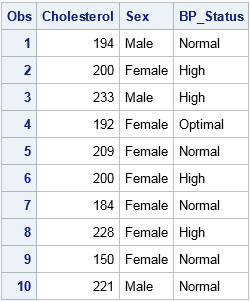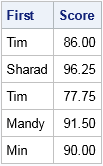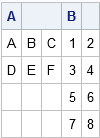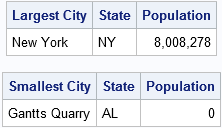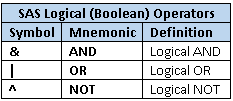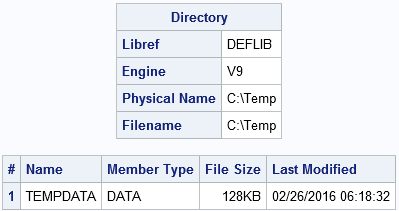
One of the first things SAS programmers learn is that SAS data sets can be specified in two ways. You can use a two-level name such as "sashelp.class" which uses a SAS libref (SASHELP) and a member name (CLASS) to specify the location of the data set. Alternatively, you can

